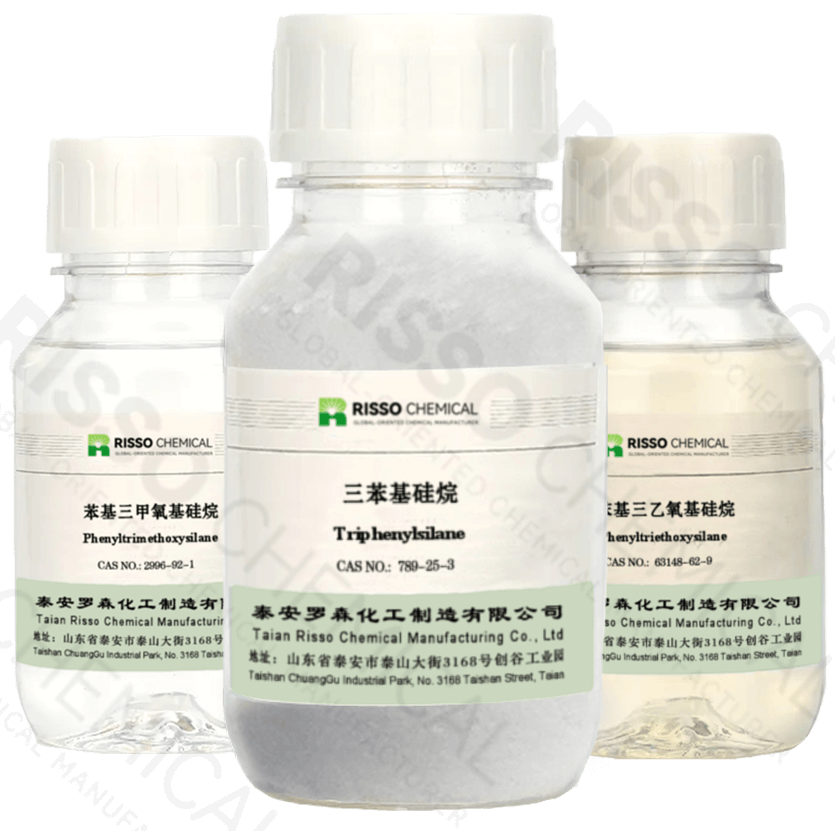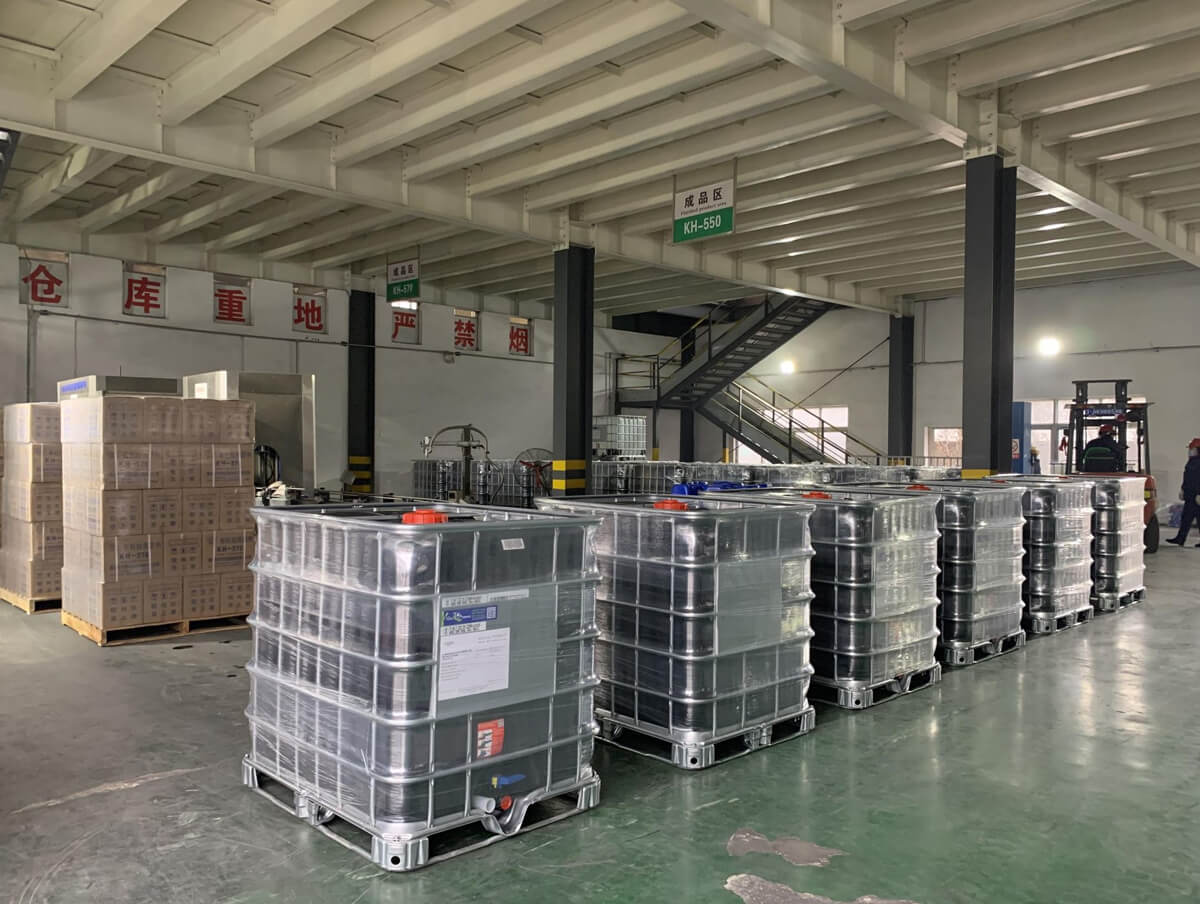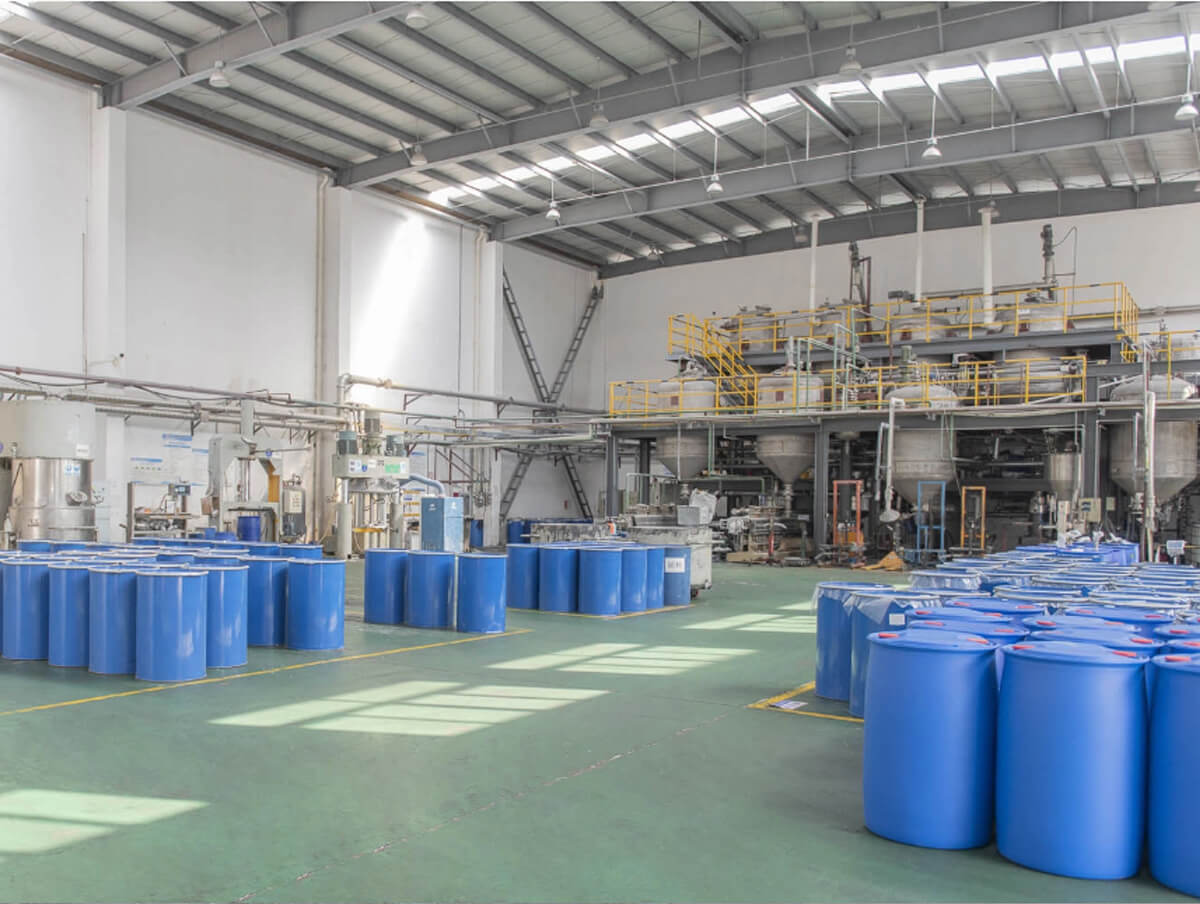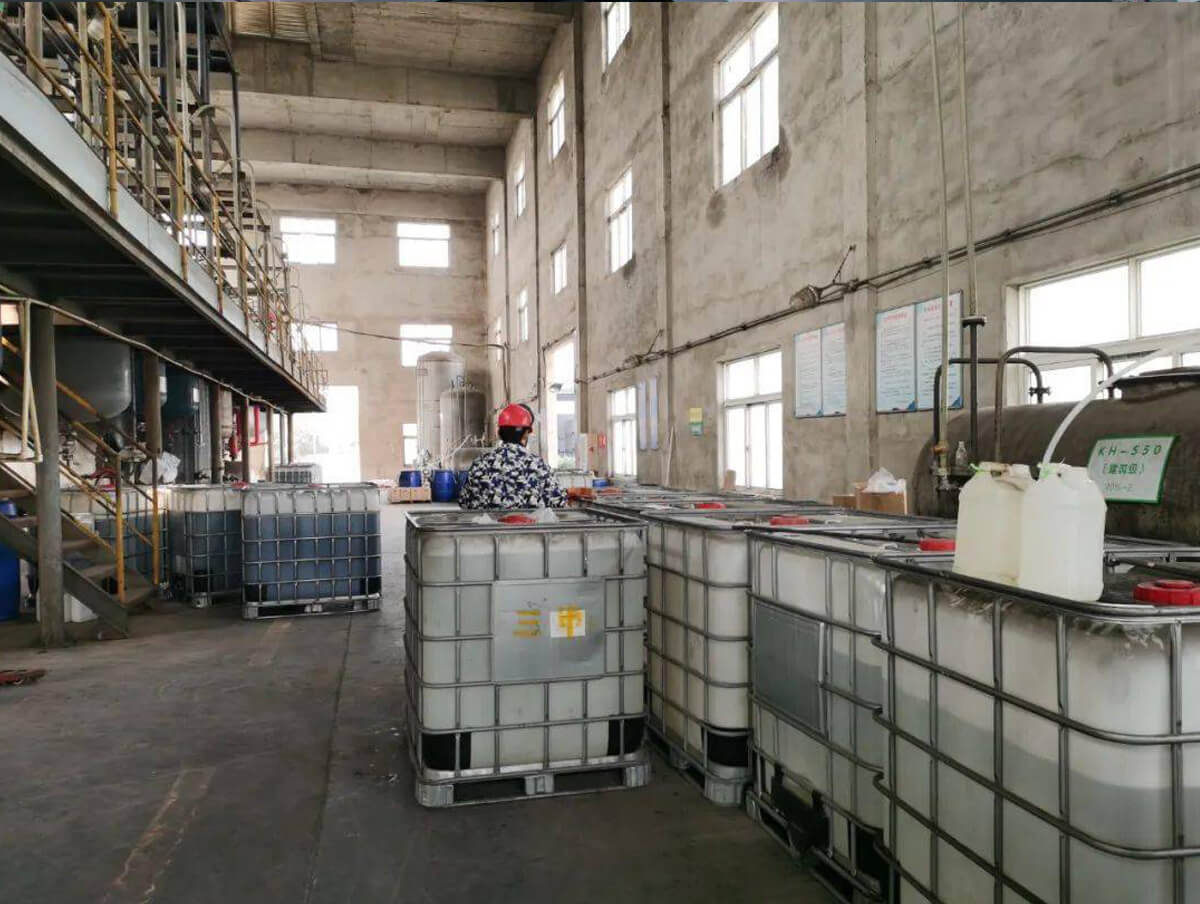
Triphenylsilane
| Chemical Name: | Triphenylsilane |
| Alias: | Triphenysilane, Tri(phenyl)silicon |
| Product Category: | Phenyl Silane – Silanes |
| Structural Formula: |  |
| CAS NO.: | 789-25-3 |
| Molecular formula: | C18H16Si |
| EINECS: | 212-333-0 |
| Molecular Weight: | 260.405 |
Triphenylsilane Description
Triphenylsilane (CAS 789-25-3), abbreviated as TPS, is a white crystalline powder that reacts with water and is a pharmaceutical intermediate.
In organic synthesis Triphenylsilane is defined as a reducing agent and hydrosilylating reagent with special features, mainly carbonyls, hydroxyls and hydroxycarboxylates, which most of the usual reducing agents do not have.
In organic synthesis Triphenylsilane is defined as a reducing agent and hydrosilylating reagent with special features, mainly carbonyls, hydroxyls and hydroxycarboxylates, which most of the usual reducing agents do not have.
| Chemical name | Triphenylsilane |
| Synonyms | DK914; DK021; NSC 12565; Triphenysilane; triphenyl-silan; Tri(phenyl)silicon; SILANE, TRIPHENYL-; |
| Product Category | Phenyl Silanes – Silane Coupling Agent |
| Density | 1.1±0.1 G/Cm3 |
| Boiling Point | 374.8±15.0 °C At 760 Mmhg |
| Melting Point | 91-94 °C(Lit.) |
| Molecular Formula | C18h15clsi |
| Molecular Weight | 294.850 |
| Flash Point | 164.5±10.3 °C |
| Exact Mass | 294.063141 |
| Logp | 7.43 |
| Appearance Traits | White Powder |
| Vapor Pressure | 0.0±0.8 Mmhg At 25°C |
| Refractive Index | 1.614 |
| Storage Conditions | Store in a cool, dry, well-ventilated warehouse. Keep away from fire and heat sources. The packaging must be sealed and protected from moisture. They should be stored separately from oxidants, etc. and avoid mixed storage. Equipped with the appropriate variety and quantity of fire equipment. Suitable materials should be available in the storage area to contain spills. |
| Stability | Reacts With Moist Air And Strong Oxidants。 |
| Water Solubility | Acetone: 0.1 G/Ml, Clear |
| Packaging |
|
| Storage |
|
| Sample |
|
| Inventory items |
|
| Price |
|
Packaging Specifications


Jessica G.
Get in touch to Get
- Quick and helpful reply within 8 hours;
- Tailored solutions provided for your project;
- One-stop purchasing service.
Triphenylsilane: Guide
Triphenylsilane can react with many inorganic and organic materials. They can be used as coupling agents, cross-linking agents and surface modifiers, and are widely used in adhesives, coatings, casting adhesives and many other fields.
Application
As reactants or reagents for the following reactions:
For catalytic hydrogen-deuterium exchange reaction of silanes
Oxidation of carbon nanotube-gold nanocomplexes
For the hydrolysis of ruthenium complexes
For hydrogenated silanization to produce enol silanes
for the synthesis of bromosilanes
Ozone oxidation of methylsilyl olefins for the synthesis of alpha-O-methylsilylated coupling derivatives for the synthesis of hydrogenated methicone and bis(methicone)bis(imidazolidinyl)nickel complexes
Application
As reactants or reagents for the following reactions:
For catalytic hydrogen-deuterium exchange reaction of silanes
Oxidation of carbon nanotube-gold nanocomplexes
For the hydrolysis of ruthenium complexes
For hydrogenated silanization to produce enol silanes
for the synthesis of bromosilanes
Ozone oxidation of methylsilyl olefins for the synthesis of alpha-O-methylsilylated coupling derivatives for the synthesis of hydrogenated methicone and bis(methicone)bis(imidazolidinyl)nickel complexes












